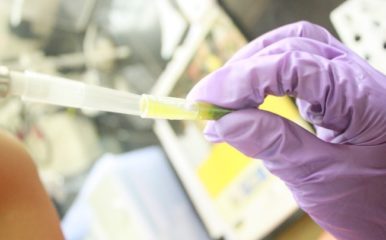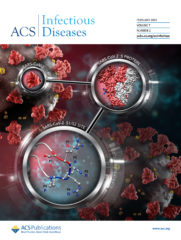
Antimicrobial resistance (AMR)
 Antimicrobial drugs are medicines used to target and treat infections in people, animals and plants caused by bacteria and other microbial pathogens. Antimicrobial resistance (AMR) occurs when these disease-causing microbes become able to counter the toxic effect that these antimicrobials had on them.
Antimicrobial drugs are medicines used to target and treat infections in people, animals and plants caused by bacteria and other microbial pathogens. Antimicrobial resistance (AMR) occurs when these disease-causing microbes become able to counter the toxic effect that these antimicrobials had on them.
The O’Neill report in 2014 estimated that 700,000 people die every year from formerly treatable infections because of AMR, a figure that could rise to 10 million a year by 2050 unless urgent action is taken. The World Health Organization (WHO) listed AMR among its top 10 global health issues to track in 2021.
AMR emerges naturally, usually through genetic changes in the microbes. However, factors that have contributed to its recent rapid development include the overuse and misuse of antimicrobial drugs, including in livestock production.
Chicken production
In chicken production, the use of antimicrobial drugs is widespread. They are used to treat disease and also sometimes to prevent disease. They are also at times used as growth promoters to increase production and so are often added to livestock feed.
AMR when it arises for example in bacteria in chickens can lead to untreatable infections in animals affected, as well as in people who work with the animals and others in the chicken production and distribution network.
The One Health Poultry Hub is assessing the use of antimicrobial drugs in chicken farming in Bangladesh, India, Sri Lanka and Vietnam. These findings are being integrated with other Hub evidence, in particular from research exploring the social, economic, cultural and regulatory factors shaping chicken production in different settings.
The evidence will inform policymakers and others in positions to influence change at local, national and regional levels with the objective of reducing the risk the burden of AMR.


